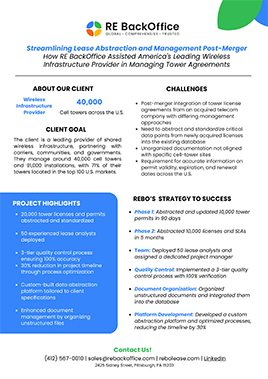
Tenant improvements, often abbreviated as TI, play a crucial role in commercial leases, offering tenants the opportunity to tailor their rented space to their specific needs and operational requirements. This allowance, granted by landlords, empowers tenants to make necessary alterations, renovations, or additions to the premises they occupy. Here’s a comprehensive guide to understanding tenant improvements in commercial leasing arrangements.
What are Tenant Improvements?
Tenant improvements encompass any modifications or enhancements made to the leased space by the tenant. These alterations can range from simple cosmetic upgrades to extensive structural changes, depending on the tenant’s business needs and lease terms. Common examples of tenant improvements include:
Interior Renovations:
This may involve reconfiguring office layouts, upgrading flooring, installing new fixtures, or painting walls to align with the tenant’s branding or operational requirements.
Installation of Specialized Equipment:
Tenants might require specialized equipment or infrastructure to support their business operations. This could include installing IT infrastructure, laboratory facilities, or specialized machinery.
Accessibility Upgrades:
Ensuring compliance with accessibility standards may necessitate modifications such as installing ramps, widening doorways, or retrofitting restrooms to accommodate individuals with disabilities.
Structural Alterations:
In some cases, tenants may seek permission to undertake structural changes to the premises, such as adding or removing walls, expanding or contracting floor space, or altering the building's façade.
How are Tenant Improvements Funded?
Landlords typically provide a financial allowance, known as the TI allowance, to cover the cost of tenant improvements. This allowance can be provided in various forms:
Direct Payment:
Landlords may reimburse tenants for approved improvement expenses upon completion of the work. Documentation and receipts are typically required to validate the expenses.
Dollar Amount:
Landlords may offer a fixed dollar amount as the TI allowance, which tenants can use to fund approved improvements. Any costs exceeding this allowance are the responsibility of the tenant.
Per Square Foot Basis:
Alternatively, landlords may calculate the TI allowance based on the square footage of the leased space. This provides tenants with flexibility, as they can allocate funds based on their specific needs and the size of their premises.
Rent Credit:
In some cases, landlords may offer rent credits instead of a direct cash allowance. This involves deducting a specified amount from the tenant’s rent for a predetermined period, effectively offsetting the cost of improvements.
Process for Requesting and Implementing Tenant Improvements
Initial Assessment:
Upon leasing a commercial space, tenants should conduct a thorough assessment of their requirements and identify any necessary improvements or modifications.
Negotiation:
During lease negotiations, tenants should discuss the TI allowance with the landlord and seek to secure favorable terms that align with their needs. This may involve specifying the amount of the allowance, outlining eligible improvement expenses, and establishing a timeline for completion.
Approval Process:
Once the lease is finalized, tenants must obtain landlord approval for proposed improvements. This often involves submitting detailed plans, cost estimates, and timelines for review.
Execution
Upon receiving approval, tenants can proceed with executing the improvements. It’s essential to adhere to any contractual obligations, obtain necessary permits or approvals, and work with qualified contractors to ensure quality workmanship.
Reimbursement or Rent Credit:
After completing the improvements, tenants can submit documentation to the landlord to claim reimbursement or initiate rent credits, as per the terms of the lease agreement.
Tenant improvements are a vital aspect of commercial leasing agreements, enabling tenants to customize their rented space to suit their unique needs and preferences. By understanding the process for requesting, funding, and implementing improvements, tenants can maximize the value of their leased premises and create a conducive environment for their business operations. Effective communication and collaboration between landlords and tenants are key to ensuring a smooth and successful TI process.


